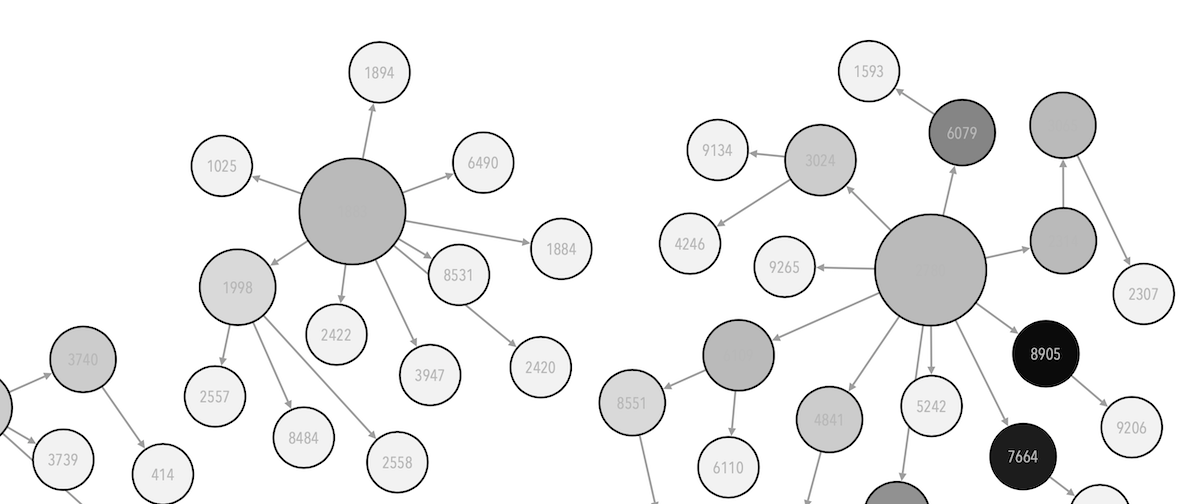37 Session 2: Bring Your Own Data (BYOD)
This workshop week will involve you working hands-on towards your final assessments individually but in small coding groups (we’ll retain the same groups from last week). Make sure that you come prepared with an outline of your plans to the session, and prepare to work on the data that you want to analyse within your second coursework. Staff will be “visiting” each group to hear from each and every one of you and provide you feedback on your plans for your assessment.
37.1 The workshop session
In the workshop session, we would like to hear from you on your ideas for your second coursework. You will also be able to use this session to start working on the dataset(s) that you have decided (or still considering) to analyse as part of your second assessment and discuss with your peers and with the staff members.
37.1.1 Mini progress presentation
This requires some pre work before the session.
We will visit each and every one of you during the session and hear from you and discuss briefly your ideas on what you want to do for your assessment. We are not expecting you to have made much progress yet but we would also like to give you the chance to get feedback from us on your early ideas. For this brief discussion, prepare to present and discuss:
- Your ideas for a topic/question/problem and suitable data sets for your second assessment
- The objectives of your analysis for the topic/question/problem you identified
- And if you have started thinking about it – your methodology (i.e., what sort of analysis you plan to do)
You’ll notice that these are roughly the outcomes from P1 - P4 in the process we suggested in the coursework brief.
When the teaching staff joins your group, be prepared to talk about these questions for 2-3 minutes to your coding group where you will share your screen to talk over some of the notes/slides/material you prepared. We also provided you a Jupyter Notebook template on Moodle so that you can both present your ideas and if you have done already, present your initial steps on the coding side. You can find the JupyterNotebook template on Moodle on this link.
37.1.2 Hands-on work on your own dataset(s)
Use the rest of the session to start working on the datasets you identified to be relevant/interesting for your assessment. If you haven’t decided yet, this will also be a good occasion to “get your hands dirty” with the potential datasets, see if they can prove to be useful in what you plan to do. Staff will be “around” to give you feedback on any early issues you are facing and discuss your data plans.
As a team, you can have an open discussion on your project ideas, your datasets, and get feedback and guidance from your peers. Alternatively, you can choose your group to be a “silent” working group where you work silently on your own unless you want to discuss with others – looks like some people are finding it helpful (see an article on The Guardian on silent Zoom groups).
37.2 Reading lists & Resources
There is not necessarily any further reading we would like to suggest this week due to the hands-on nature of the sessions. But since you are working in teams last and this week, this two articles can provide some good reflections and recent research on working collaboratively within data science teams:
- A very interesting read to help you think about a “data science” team and what different roles involve: Crisan, A., Fiore-Gartland, B. and Tory, M., 2020. Passing the Data Baton: A Retrospective Analysis on Data Science Work and Workers. IEEE Transactions on Visualization and Computer Graphics. [paper link – you can login with your institutional account]
- Result of a survey with 183 data scientists. Take a look at Table-2 for the various tools people use. And the Discussion section contains some useful guidance: Zhang, A.X., Muller, M. and Wang, D., 2020. How do data science workers collaborate? roles, workflows, and tools. Proceedings of the ACM on Human-Computer Interaction, 4(CSCW1), pp.1-23. [link to pdf]
